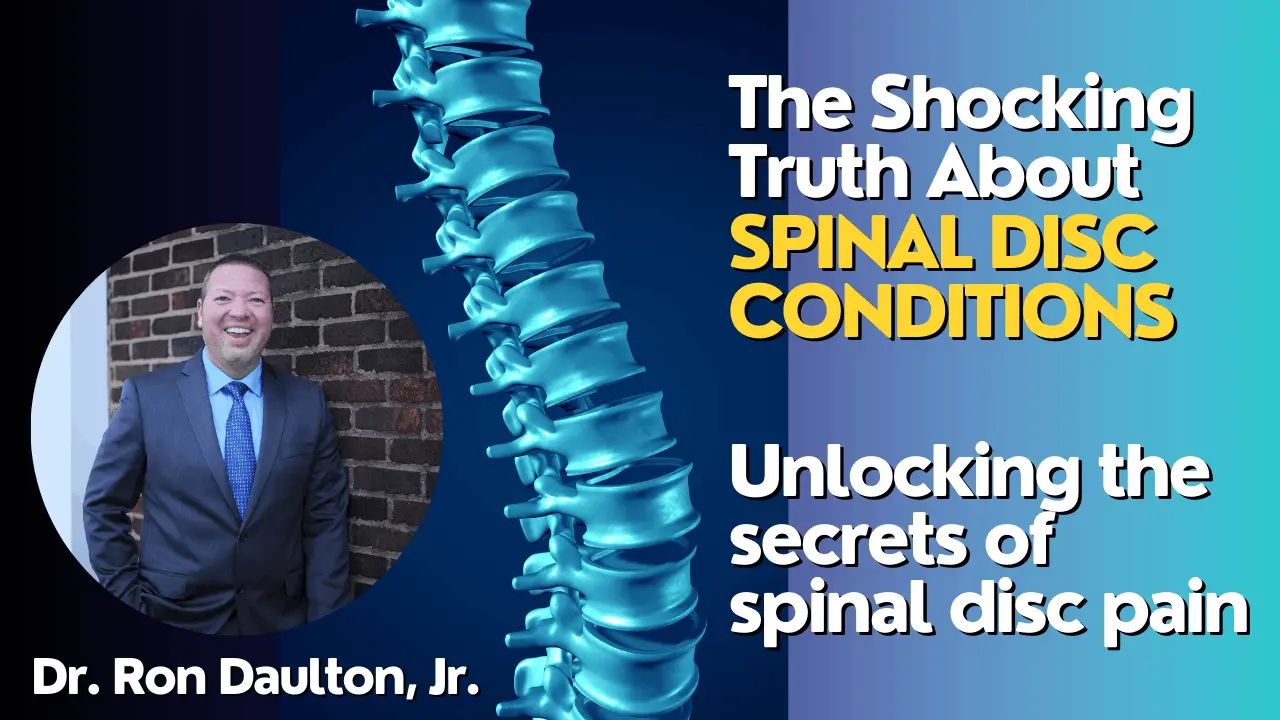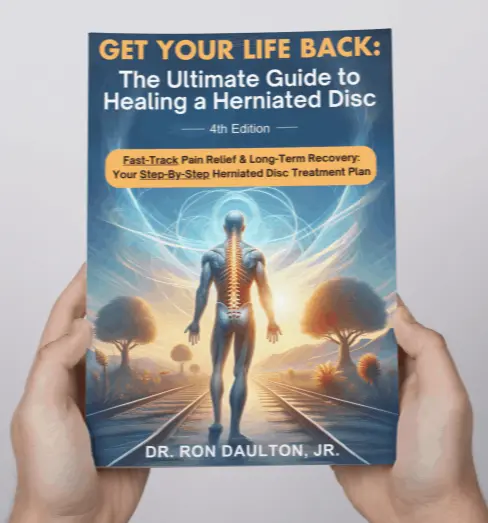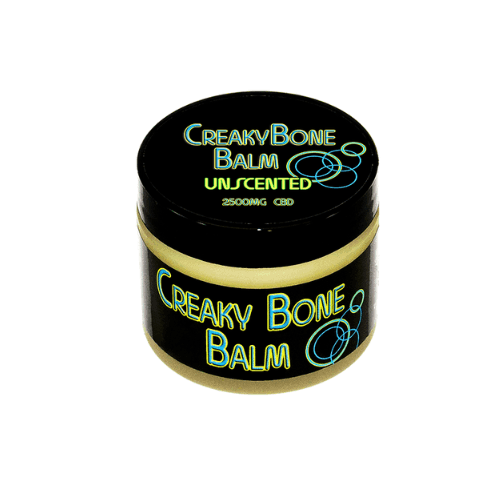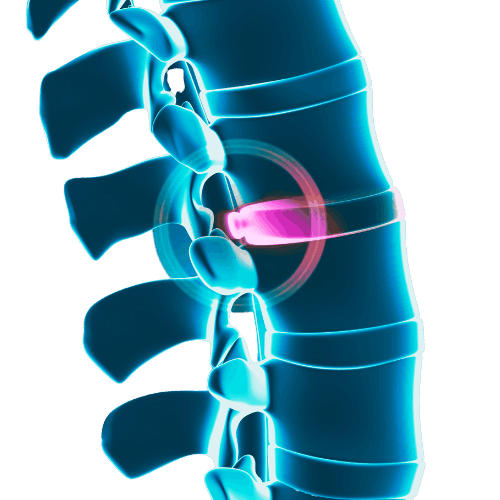Exploring alternative therapies offers additional avenues for relief and healing for those suffering from thoracic herniated discs.
Among these, acupuncture, chiropractic care, and herbal supplements stand out for their unique benefits and approaches to spinal health.
Acupuncture, a practice rooted in traditional Chinese medicine, involves inserting thin needles into specific points on the body to stimulate healing and pain relief.
For herniated discs, acupuncture can help by reducing inflammation, increasing blood flow to the affected area, and releasing natural painkillers like endorphins.
This therapy can provide significant relief from the discomfort associated with thoracic disc issues, offering a non-invasive option for those seeking alternatives to conventional treatments.
Chiropractic care focuses on diagnosing and treating mechanical disorders of the musculoskeletal system, especially the spine.
Chiropractors use a variety of techniques to adjust and align the spine, aiming to reduce pain, improve function, and support the body's natural ability to heal itself.
For thoracic herniated discs, chiropractic adjustments can help alleviate pressure on the nerves, improve spinal alignment, and enhance mobility.
While the effectiveness of chiropractic care can vary from person to person, many find it a valuable component of their treatment plan.
Herbal supplements also hold potential in supporting the health of the spinal discs and overall back health.
Supplements such as turmeric, ginger, and omega-3 fatty acids are known for their anti-inflammatory properties, which can be beneficial in reducing the inflammation associated with herniated discs.
Additionally, supplements that support collagen production, such as vitamin C and glucosamine, may help in maintaining the integrity of the discs.
It's important to approach herbal supplements with care, ensuring they do not interact with other medications and are used under the guidance of a healthcare professional.
These alternative therapies, when combined with conventional treatments, can provide a comprehensive approach to managing thoracic herniated disc issues.
By addressing the problem from multiple angles, individuals can enhance their chances of recovery and improve their overall spine health.









